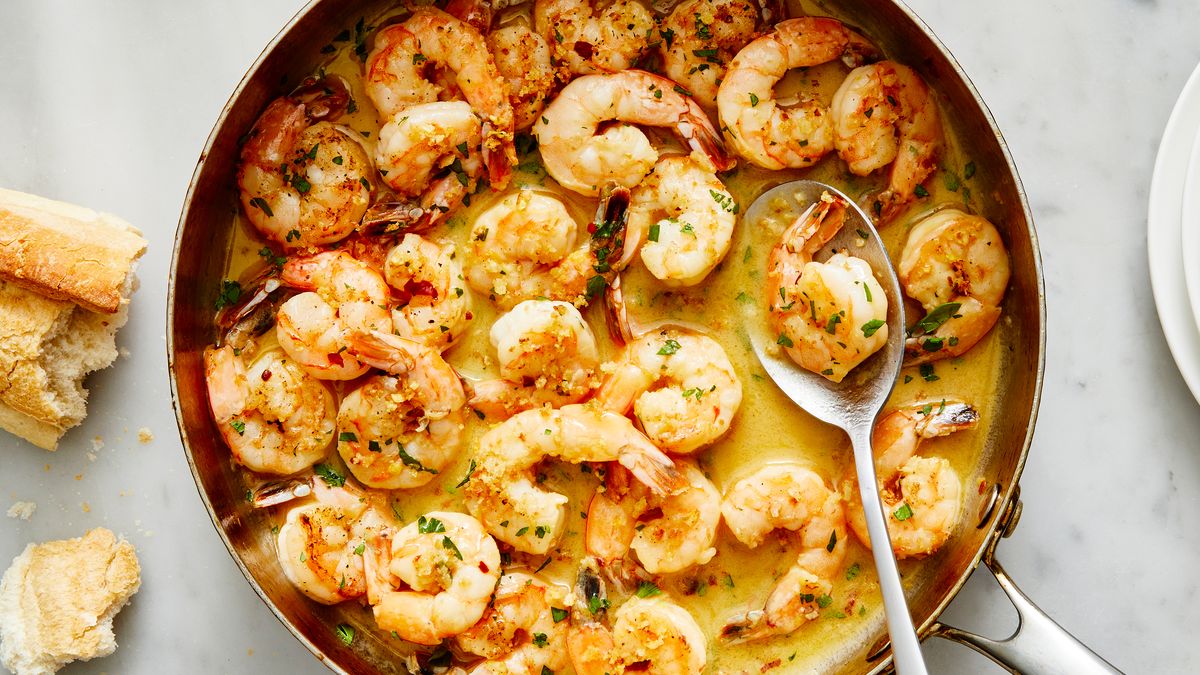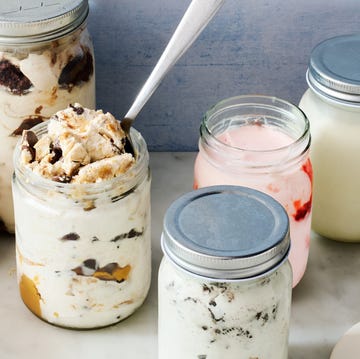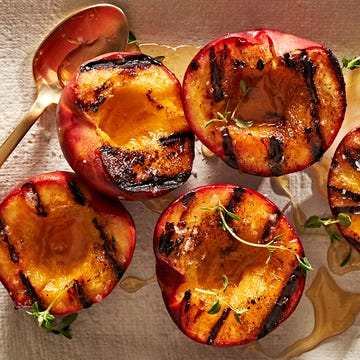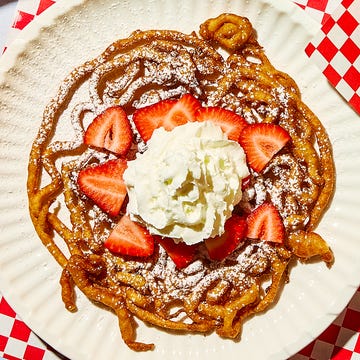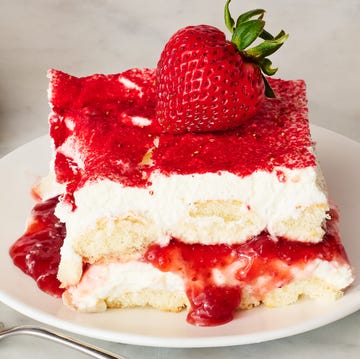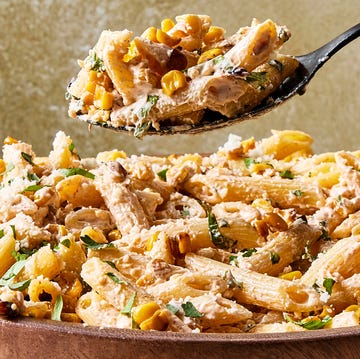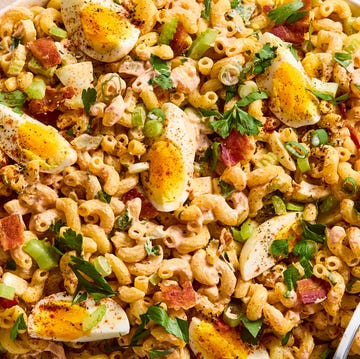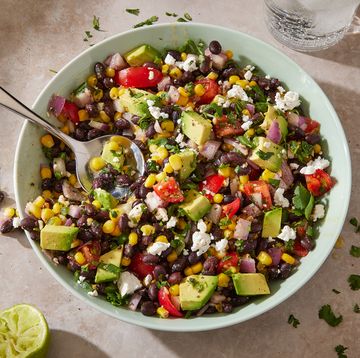1Step 1: Choose Your Eggs
 Q&S Digital Studio
Q&S Digital StudioWhether your eggs are small or large, brown or white, you'll want to start with cold eggs. Keep them in the refrigerator until you're ready to make the perfect scrambled eggs.
2Step 2: Prepare the Eggs
 Magdalena Kucova/Istock
Magdalena Kucova/IstockCrack the eggs into a bowl. Beat with a fork or whisk the eggs until they turn a pale yellow color. Add a pinch of salt and fresh black pepper.
Advertisement - Continue Reading Below
3Step 3: Water or Milk?
 Ina Peters/Istock
Ina Peters/IstockIf you like fluffier scrambled eggs, add 1 to 1 1/2 tablespoons of water per egg. If you prefer creamy eggs, add 1 tablespoon of milk for each egg.
4Step 4: Prepare the Pan
 Istock
IstockYou'll need a small frying pan to cook your eggs, preferably
nonstick. Warm the pan over medium-low heat. Hold your hand roughly six inches from the pan. When you begin to feel warmth rising, the pan is ready for the butter.
Advertisement - Continue Reading Below
5Step 5: Butter It Up
 Lara Robby/Studio D
Lara Robby/Studio DSlowly melt enough butter to lightly coat the pan. When the butter begins to foam, it's time to add the eggs. If you notice the butter beginning to brown, the pan is too hot. Discard the butter, let the pan cool somewhat, and wipe the pan clean with a folded paper towel. Redo the process from Step 4.
6Step 6: Pour It and Leave It
 Jakub Semeniuk/Istock
Jakub Semeniuk/IstockAfter you pour the egg mixture into the frying pan, let stand for roughly 10 seconds, or until the eggs begin to set. If you want fluffier eggs, let set a few more seconds.
Advertisement - Continue Reading Below
7Step 7: A Gentle Stir
 Stephen Rees/Istock
Stephen Rees/IstockUse a wooden spoon or heat-resistant rubber spatula to gently stir the egg mixture as it begins to form curds. Continue to stir until there is no liquid egg mixture left. Turn off the heat and continue stirring the eggs gently until all of the uncooked parts get firm. If you're adding any other ingredients such as
fresh herbs, this is the time to do so. Cooking should take between 2 to 5 minutes.
Advertisement - Continue Reading Below
Advertisement - Continue Reading Below
Advertisement - Continue Reading Below

